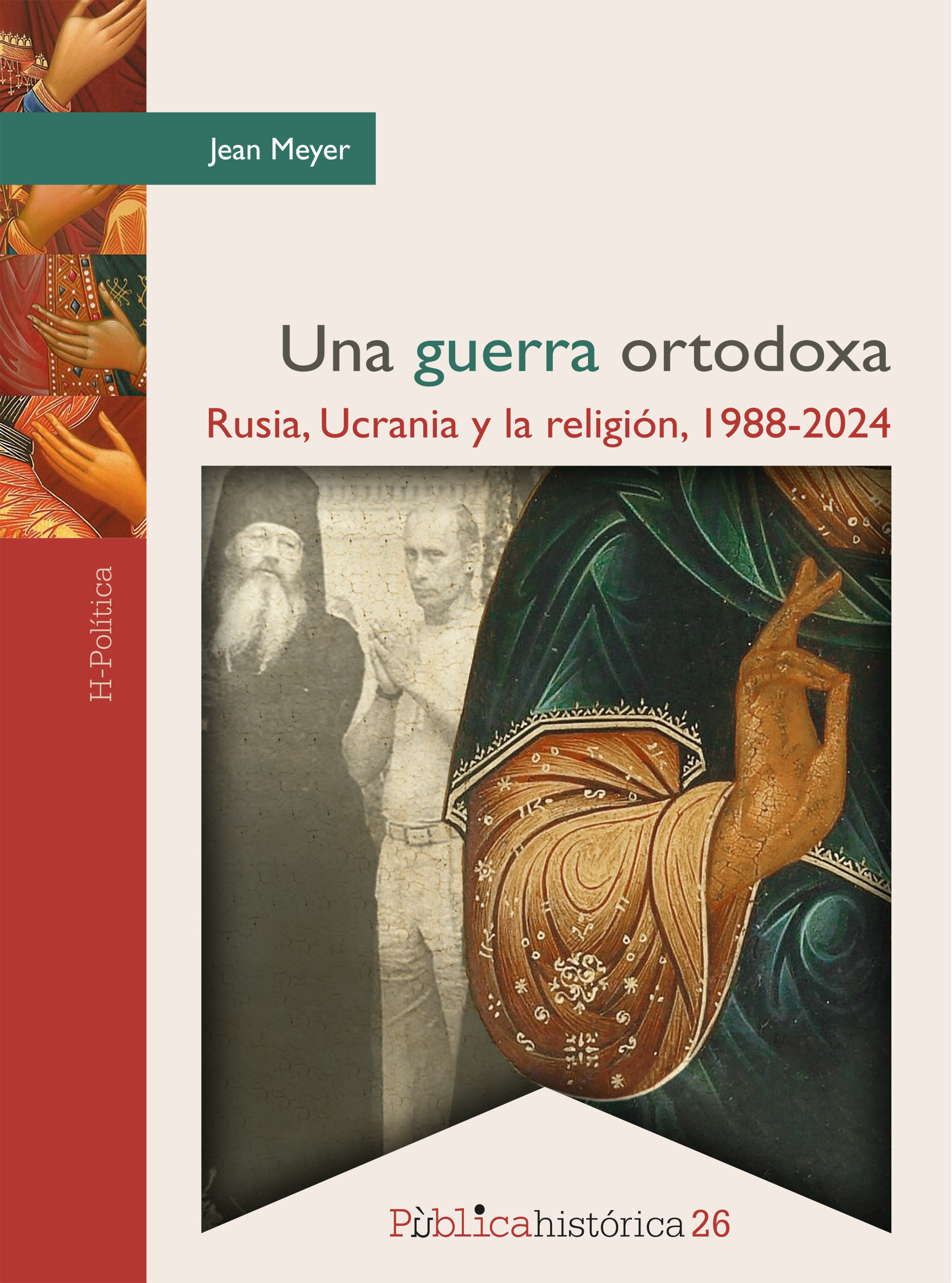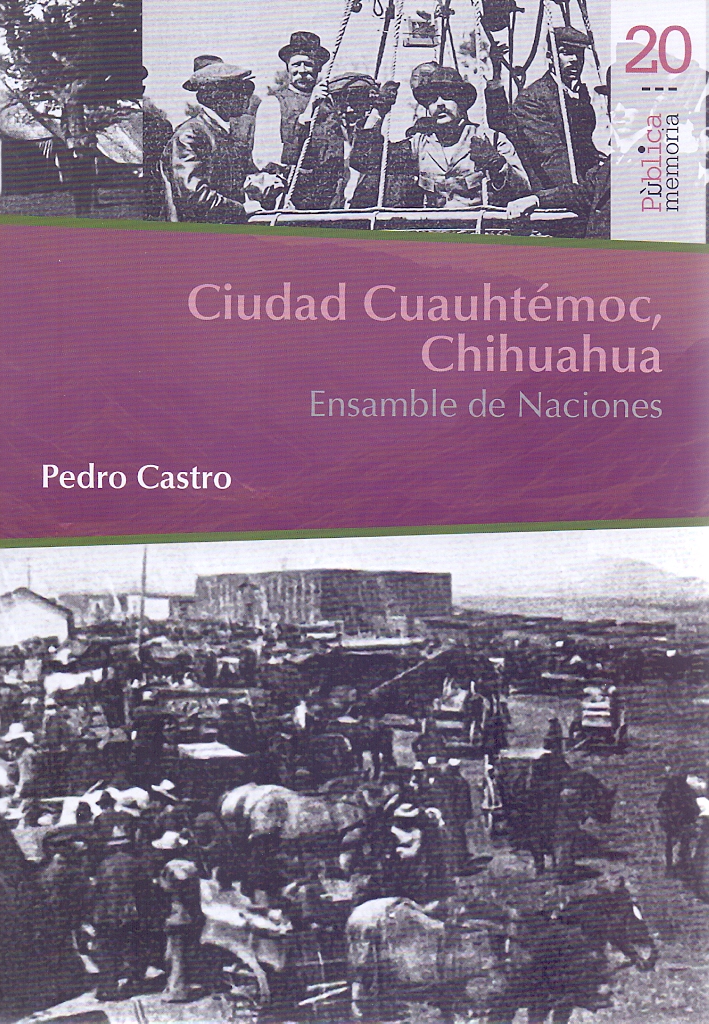Libros relacionados
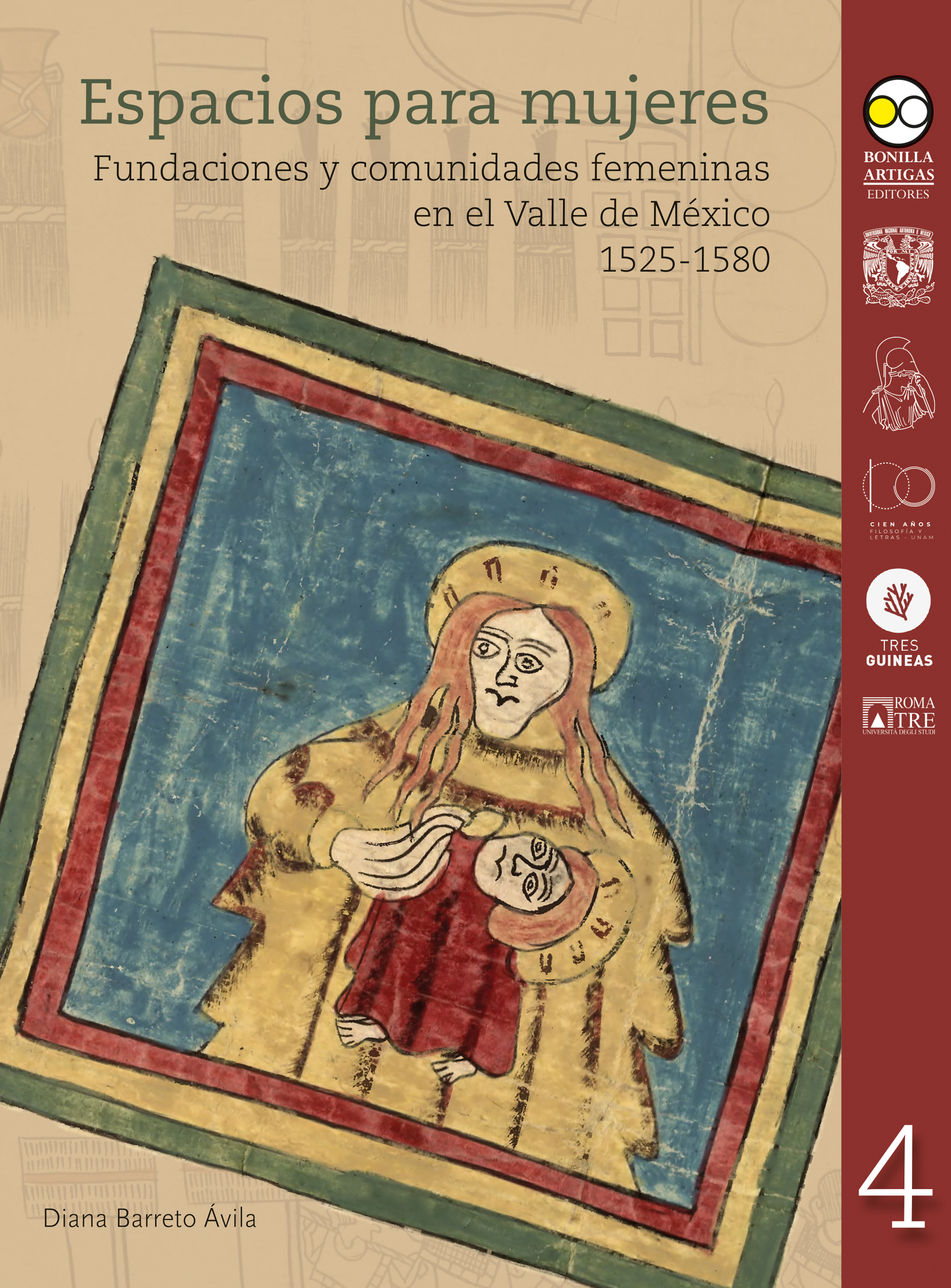 |
Espacios Para Mujeres: Fundaciones y Comunidades Femeninas en el Valle de Méxic Barreto Ávila, Diana Bonilla Artigas Editores |
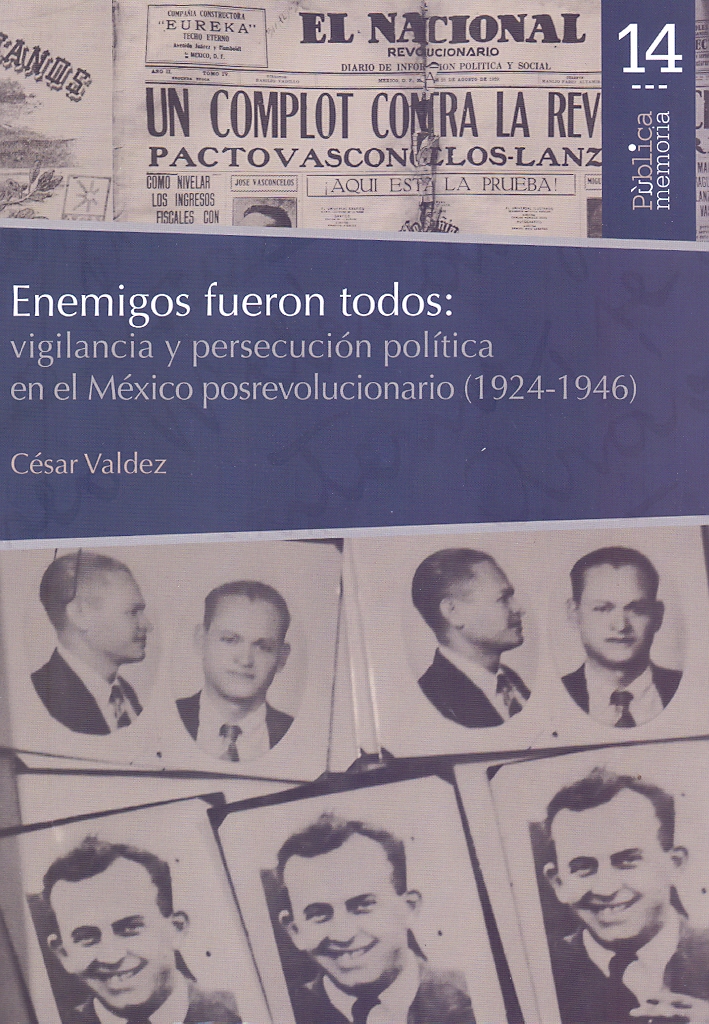 |
Enemigos Fueron Todos: Vigilancia y Persecución Política en el México Posrevoluc Valdez César Bonilla Artigas Editores |
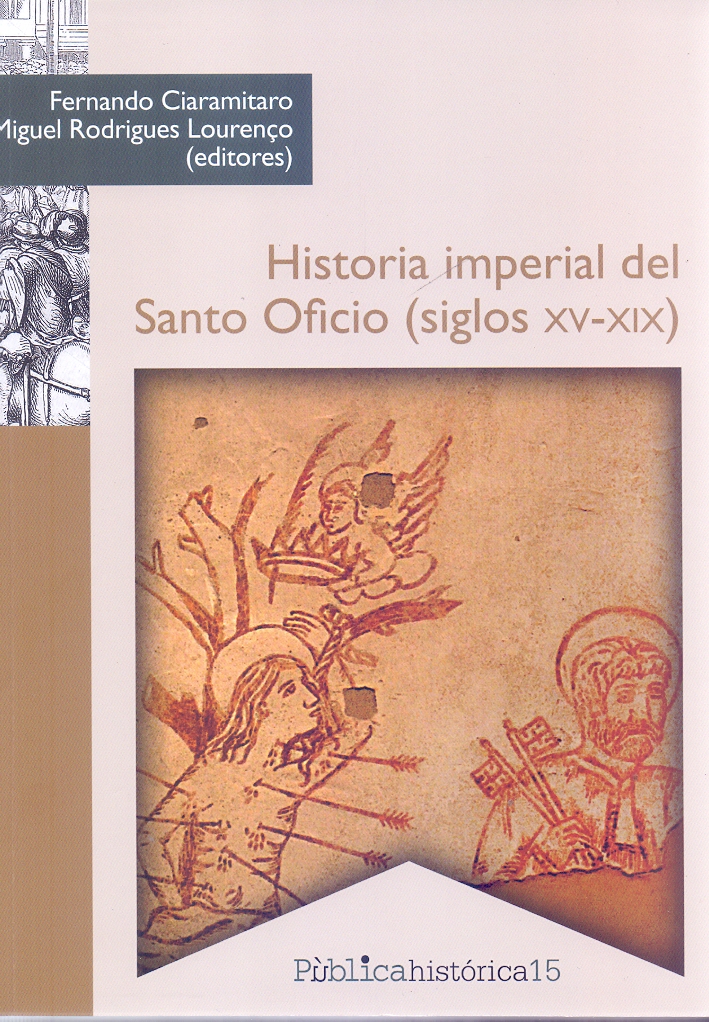 |
Historia Imperial del Santo Oficio (Siglos XV-Xix) Fernando Ciaramitaro, Miguel Rodrigues Lourenço Bonilla Artigas Editores |
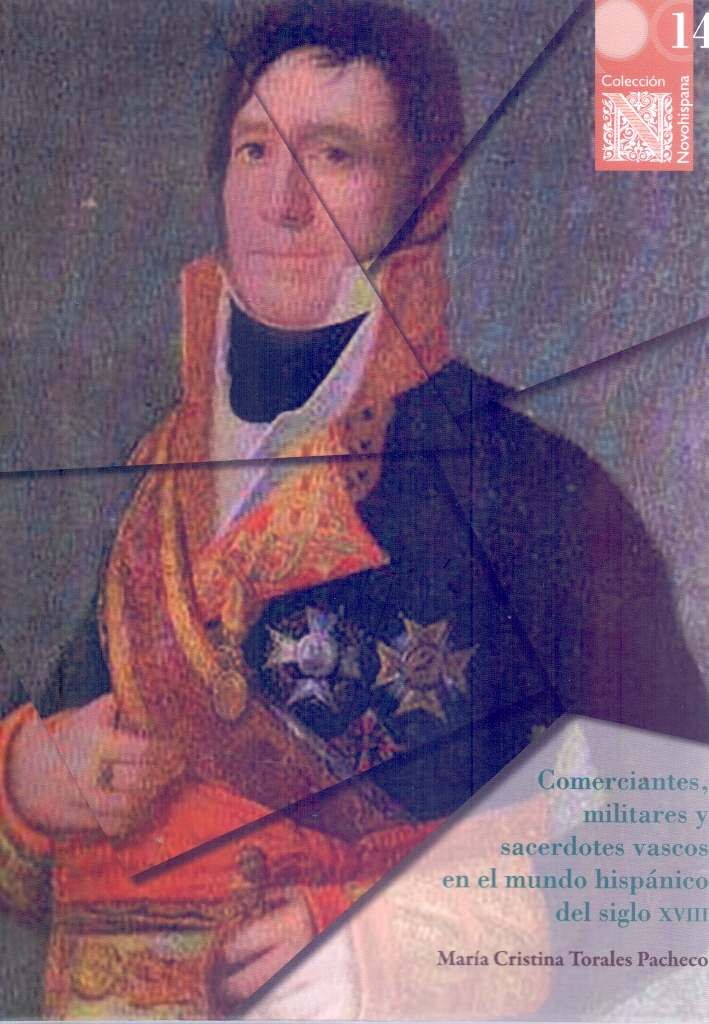 |
Comerciantes, Militares y Sacerdotes Vascos en el Mundo Hispánico del Siglo XVII Torales Pacheco, María Cristina Bonilla Artigas Editores |
 |
El Crisol y la Flama: Grupos Sociales y Cofradías en Pátzcuaro (Siglos XVI y XVI Flores García, Laura Gemma Bonilla Artigas Editores |
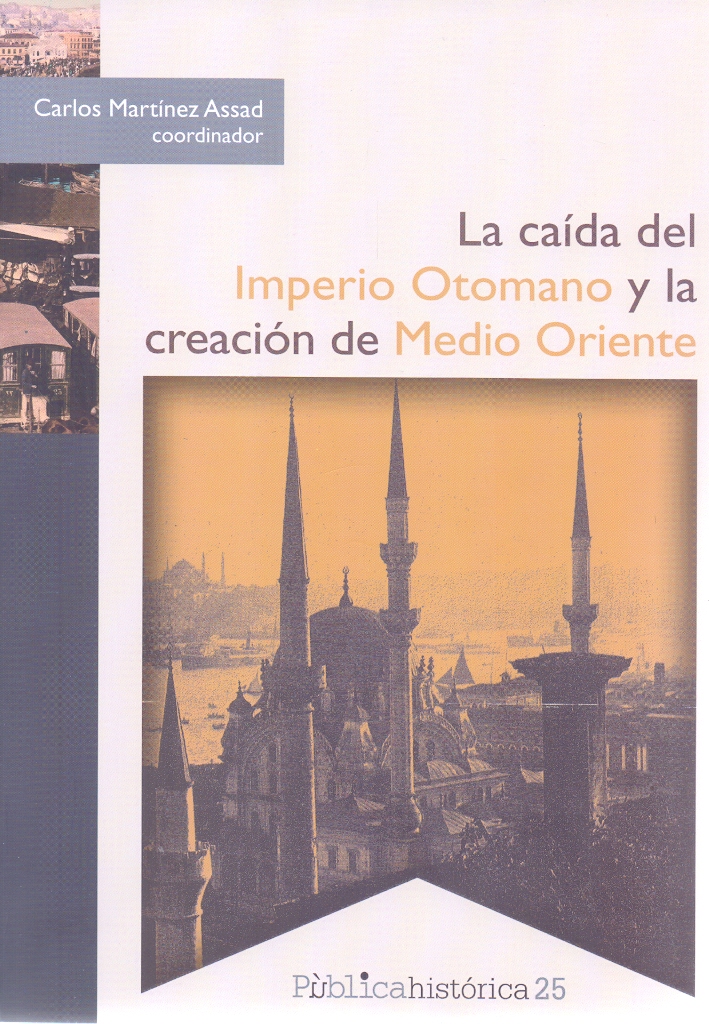 |
La Caída del Imperio Otomano y la Creación de Medio Oriente Carlos Martínez Assad Bonilla Artigas Editores |
 |
Exilio Español y Su Vida Cotidiana en México, El. Serrano Migallón, Fernando; Woldenberg José Bonilla Artigas Editores |


|
Título: Team 10: An Archival History | |
| Autor: Annie Pedret | Precio: $880.00 | |
| Editorial: Routledge | Año: 2013 | |
| Tema: Arquitectura, Historia | Edición: 1ª | |
| Sinopsis | ISBN: 9780415780766 | |
| This early history of Team 10 and the group's emergence from CIAM (International Congress of Modern Architecture ) shifts the locus of the group's importance from their better-known projects of the 1960s and 70s to the group's more theoretically intense period of the late 1940s and 50s. Extensive archival research reveals another story of Team 10 thinking than the one's portrayed by CIAM and Team 10 member Alison Smithson, which historians have been echoing, in one way or another, ever since. Offered here is a theoretical framework for understanding the new values that were introduced to modern architecture in postwar CIAM and the common ground that allowed this diverse group of architects and with disparate approaches to be considered, "first and foremost," modern.
Essential reading for anyone interested in a deeper and nuanced understanding of the theoretical context architects have been practicing in since the 1950s, this account blurs the boundaries between modernism and postmodernism, and reveals the important role played by representation in establishing and changing ideologies, institutions, and power structures. |
||
Librería Bonilla SA de CV © Todos los derechos reservados. 2019
Última actualización: Jul 2019



